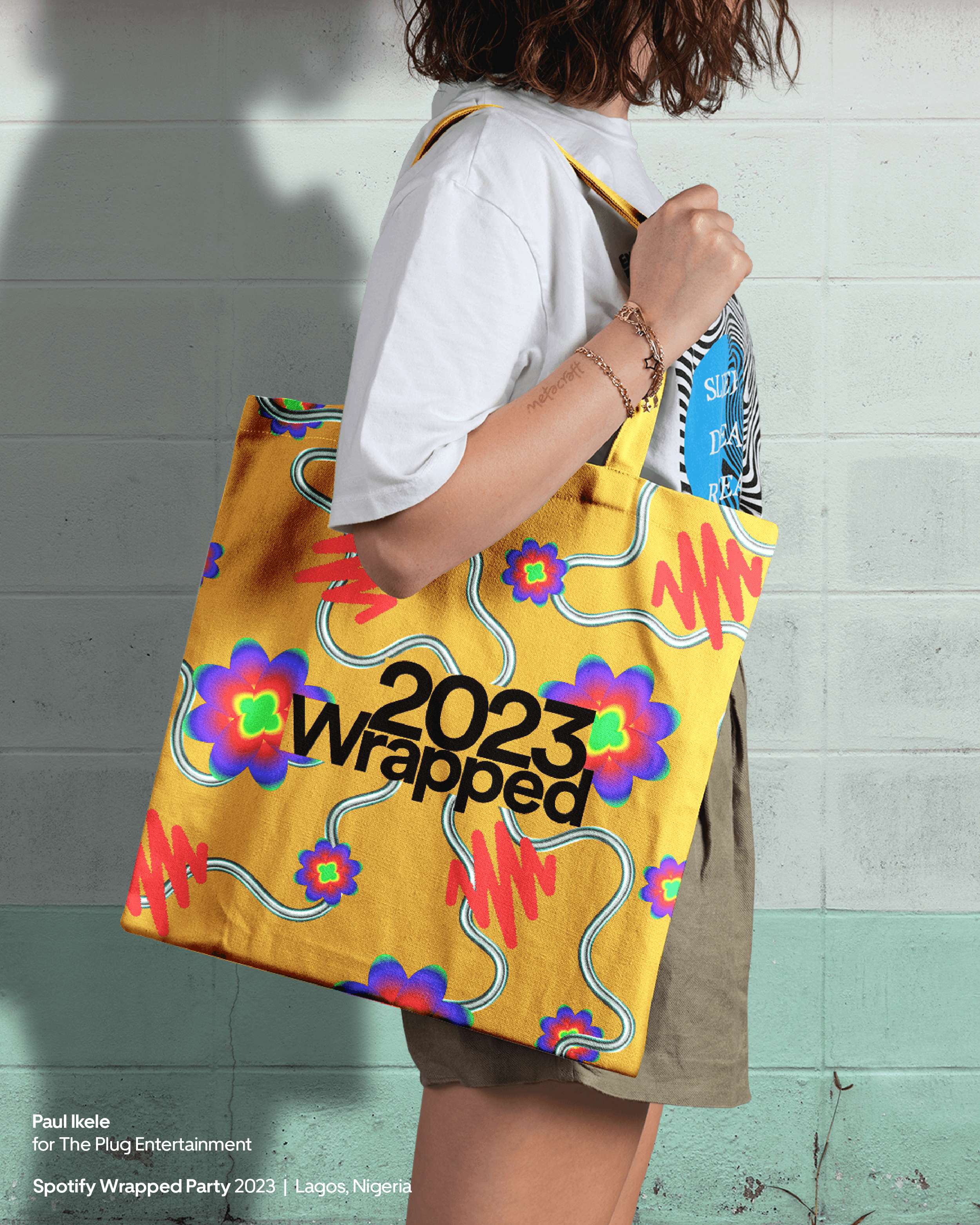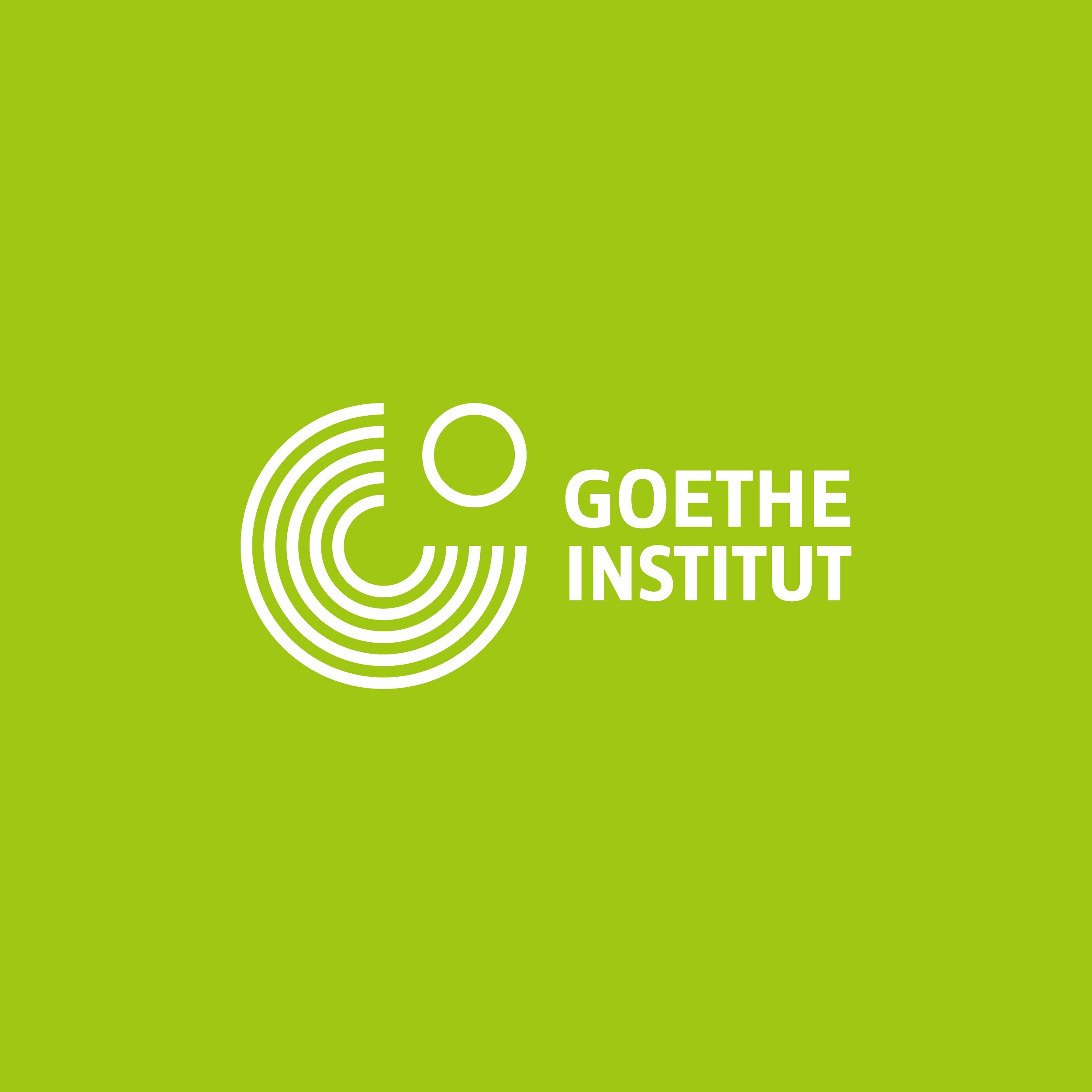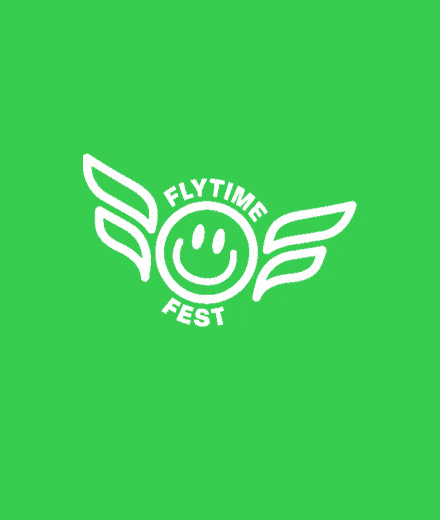
PROJECT
Udacity UX Nanodegree Capstone
YEAR
2021
OBJECTIVE
To design a mobile app concept that connects neighbors and facilitates community engagement, fulfilling the requirements of the Udacity UX Nanodegree program.
ROLE
UX/UI Designer
Conducted user research to identify key pain points in local community connections.
Created user personas, wireframes, and high-fidelity prototypes to visualize the app's functionality.
Focused on designing intuitive interfaces for seamless user interactions.
APPROACH
Developed a concept app aimed at fostering stronger local connections by enabling neighbors to share resources, communicate, and collaborate easily. The design process included user flow mapping, usability testing, and iterative improvements to ensure a user-friendly and engaging experience. The app featured a clean interface with core functionalities like resource sharing, event announcements, and chat integration.
PROCESS 🚗

RESEARCH 📜
I recruited 5 students of the University of Lagos to inquire about more accommodation issues and preferences. I conducted a guerrilla semi-structured interview study via WhatsApp audio calls.

KEY FINDINGS

DATA SYNTHESIS & CONCEPTUALIZATION 🧠
I used the affinity diagramming method to synthesize my research and identify themes, concerns & probable solutions. I eventually used the crazy-8 technique to come up with ideas and product features.

INITIAL PROTOTYPES 📱
Due to time constraints, detailed user flows were omitted and only the initial task flow of the product was designed. The following prototypes describe some of the onboarding features of the product – Getting preference information even before users sign up, to facilitate the accommodation finding process.

USABILITY TESTS 🧪
I used a tool called Lookback to do some remote usability testing of the mid-fidelity prototype. I asked users to test the functionality of the prototype by tapping buttons and giving feedback about their experiences.

HIGH-FIDELITY PROTOTYPES

REFLECTION & LEARNINGS
Key activities 🔑: The key activities in my project ranged from conducting user research, research synthesis, sketching and ideation, developing low to high fidelity prototypes, and preparing my designs for engineering handoff. Personally, I feel the user research and synthesis aspects proved to be more difficult than the others. Identifying my target users and interviewing them for research data was a little demanding, but I’m glad I was able to follow a standard process.
Constraints & Challenges 😟: During the feature ideation process, I realized that there may be some eventual constraints concerning collaboration with external stakeholders (government and local hostel-building owners). I also concluded that until this collaboration is achieved, there would be limited accommodation options for students in the product.
Interesting critical insights & findings 👀
50% of participants made comments about creating a page for the “skip” button after interacting with the hi-fi prototype. I realized that I had not considered some vital features of a mobile app. I eventually created a sign-up page for the “skip” button to allow users to register.
Participants complained about not being able to fully interact with the app prototype – Although I had initially informed participants that their interaction with this prototype would be limited, they still made comments about not being able to fully use this app (prototype).
SOLUTION & IMPACT ✅
After concluding that the most basic need of my target users will be to find accommodation as fast as possible, I incorporated this insight into the first user task flow in the app (getting preference information even before users sign up, to facilitate the accommodation-finding process).



































